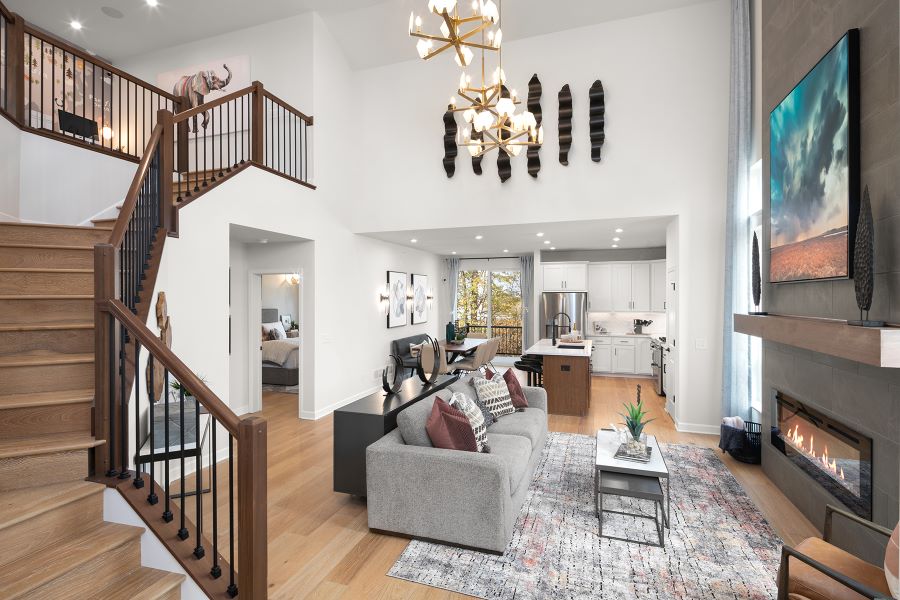Recent design trends in modern homes, such as open-concept layouts, large windows, hardwood flooring, glass stair railings, and granite countertops, cause noise problems in new homes. Open concepts have increased noise transmission and reverberation within and outside the homes.
More...
In modern homes with these features, paying attention to noise issues is more critical than ever. Many architects do not realize the importance of acoustic design in addressing noise-related challenges. New home purchasers are unaware of noise problems associated with open-concept house layouts.
Underappreciated problem with open concept layout
Open-concept house design is modern and aesthetically pleasing, but it is not for everyone. Buyers of new open-concept homes must be aware of the unavoidable noise problem of this type of house layout.
Several clients retained me to help with reducing noise in brand-new homes. Applying all noise control measures described in this article is usually not feasible in a completed home. The acoustic treatment needs to be specified by the architect during the design of the house.
Noise control in homes under design.
It is too late to mitigate noise problems when house construction is completed. I recommend these measures to be built-in in a new home:
Noise in multi-family homes
In addition to the above items, a basement apartment, a townhouse, or a condominium party wall must have sufficient noise resistance. Note that the minimum noise resistance required by the building code (STC 50) is just a minimum. Many people are not satisfied with the minimum level of noise resistance. Check this article explaining how much soundproofing is required between dwellings.
If you are unsure about your noise control needs, and your architect does not give you sufficient guidance, contact an acoustical engineer.
We always appreciate your comments. Please use the form below to submit your thoughts.
